- Home
- Danielle Steel
Until the End of Time: A Novel
Until the End of Time: A Novel Read online
Until the End of Time is a work of fiction. Names, characters, places, and incidents are the products of the author’s imagination or are used fictitiously. Any resemblance to actual events, locales, or persons, living or dead, is entirely coincidental.
Copyright © 2013 by Danielle Steel
All rights reserved.
Published in the United States by Delacorte Press, an imprint of The Random House Publishing Group, a division of Random House, Inc., New York.
DELACORTE PRESS is a registered trademark of Random House, Inc., and the colophon is a trademark of Random House, Inc.
LIBRARY OF CONGRESS CATALOGING-IN-PUBLICATION DATA
Steel, Danielle.
Until the end of time : a novel / Danielle Steel.
p. cm.
eISBN: 978-0-345-53865-9
1. Marriage—Fiction. 2. Publishers and publishing—Fiction. I. Title.
PS3569.T33828U58 2013
813’.54—dc23
2012015907
www.bantamdell.com
Jacket design: Shasti O’Leary Soudant
Jacket photograph: © Tetra Images/Getty Images
v3.1_r1
Love
is a shooting star
that lands
in your heart,
and lives
forever.
Contents
Cover
Title Page
Copyright
Epigraph
Bill and Jenny: 1975
Chapter 1
Chapter 2
Chapter 3
Chapter 4
Chapter 5
Chapter 6
Chapter 7
Chapter 8
Chapter 9
Chapter 10
Chapter 11
Chapter 12
Robert and Lillibet: 2013
Chapter 13
Chapter 14
Chapter 15
Chapter 16
Chapter 17
Chapter 18
Chapter 19
Chapter 20
Chapter 21
Chapter 22
Dedication
Other Books by This Author
About the Author
Bill and Jenny
1975
Chapter 1
The atmosphere in a room off the ballroom of the Hotel Pierre in midtown New York was fraught with tension as forty-five tall, rail-thin, bare-breasted models were getting their hair and makeup done, while simultaneously trying on shoes, and dresses for last-second alterations. David Fieldston was looking them over carefully, while a cameraman filmed him for a documentary on Fashion Week, and he explained the inspiration for his winter line. He was a stylish-looking man in his late forties, with gray hair, and he had been an important name in the fashion world for twenty years. Two years earlier he had been on the verge of bankruptcy, and the fashion press said his designs lacked energy, his work was all déjà vu, and he was out of steam.
And now, thanks to a dynamo named Jenny Arden, he was back on the map. His last season had been his best one ever. His designs had taken off again, and his career with them. Every collection he’d done since Jenny Arden had begun advising him was vibrant, full of new, fresh ideas, and alive. He had taken off into the stratosphere and was better than ever, and privately he credited it all to her, and had told his closest friends and associates that she was a genius. Jenny was more modest about it, since she didn’t do the actual designing, but she did research for him and came up with fresh inspiration for his line that made the collections exciting and really work. She met with him several times a week between seasons, and she was on hand, watching everything, when he presented the collection. And he paid her handsomely to do it. He wasn’t Jenny’s only client, but he was her most impressive success so far.
Jenny came by her love for fashion honestly, and had followed it since she was a small child. Her French grandmother had been a première in the haute couture ateliers in Paris, and her mother was a dedicated seamstress. They had had a small but respected business in Philadelphia while Jenny was growing up, where they had diligently copied the finest designs and gowns from the couture houses in Paris. And at eighteen, after watching them all her life, Jenny had gone to Parsons School of Design in New York hoping to become a designer. She had found the classes tedious to the point of agonizing, discovered she had no talent herself for the mechanics of draping and wrestling with fabrics, and no patience to do so. She was much more interested in the trends and the direction that fashion was going.
Her clients in recent years liked to say that she was psychic, and could smell a fashion before it happened. Jenny made it happen, and knew just what to do when it did. She was a style director, and a muse for the designers she worked for, and no detail was too small for her meticulous attention. Accessories, and the way a fashion was worn, were everything, she insisted. It wasn’t enough to design a dress, a coat, or a hat—you had to turn it into a living thing, she insisted, that breathed on its own and was not just an object. She was passionate about what she did, and she infused her vision and energy into her clients, and that turned up on the runway when they showed their clothes, just as it was about to happen when David Fieldston showed his new line to the fashion press and store buyers during Fashion Week in New York. The crowd was waiting breathlessly for the show to start. And while David was being interviewed, Jenny was doing her job, threading her way through the models, watching the hair and makeup with a keen eye, tugging a dress as it was put on, lifting the collar of a jacket, snapping a bracelet on a wrist, changing a shoe at the last minute.
“No, no, no!” she said, frowning, as dressers put clothes on a model as though she were a doll. “The necklace is on backward, and she has the belt upside down.” She rapidly made the necessary changes, nodded, and sped across the room to a model who was being sewn into a see-through lace dress. They hadn’t had time to put the zipper in before the show. It happened all the time. And Jenny knew the dress would be a showstopper, you could see the model’s naked breasts and most of her body except what was concealed by a flesh-colored G-string, which kept the model relatively decent. David had been nervous about it, and Jenny had assured him that it was 1975 and the country was ready to see breasts, at least on the runway, if nowhere else. Rudi Gernreich had come to the same conclusion, and his bold designs were sensational and had been well received. Vogue magazine had been showing breasts for a dozen years, since Diana Vreeland introduced them when she was editor in chief in 1963.
Diana Vreeland was Jenny’s role model and goddess. Having realized that she didn’t want to work on Seventh Avenue and be a designer to earn a living, Jenny had started out as an errand girl at Vogue when she graduated from Parsons eleven years before. She had eventually become the keeper of “The Closet,” during Mrs. Vreeland’s regime as editor in chief. Diana Vreeland had started at Vogue four years before Jenny got there. The Closet was where all the fabulous clothes were kept, and for a young girl inebriated by fashion, and in love with it since her earliest memories, it was sheer heaven. She got to see and touch all the beautiful things going in and out, and how they were put together for every photo shoot. Jenny soon caught the attention of the illustrious Mrs. Vreeland, and worshipped at her feet and became her senior assistant.
Then Jenny decided to leave the magazine five years after she’d arrived. Everyone said she was crazy, she had the perfect job. But she wanted to start her own fashion consulting business, to advise designers and style photo shoots on her own. And remarkably, the only support she got for her project was from Mrs. Vreeland, who secretly told her she was doing the right thing. And much to Jenny’s amazement, Diana Vreeland left Vogue at almost the same
time. She had become a consultant to the Costume Institute at the Metropolitan Museum of Art, and she was in the audience at the Pierre, waiting to see David Fieldston’s show that day. She had been incredibly good to Jenny, who was unfailingly loyal to her in exchange. Jenny had easily recognized the senior editor’s genius when she worked for her every day, and had learned much from her, although she had her own distinctive style.
Like a good puppeteer, so nobody would notice her as she worked the strings from backstage, she was wearing black from head to foot, as Mrs. Vreeland had. Jenny’s long, shining dark hair swept her shoulders in a straight blunt cut, she wore very little makeup, and her huge blue eyes took in the entire scene. The models were almost dressed by then, and she was still watching them like a hawk, thinking of nothing else. And seconds later she could hear the ballroom go quiet and the music come on. They were opening with a Beatles song, to keep the mood light. The clothes they were showing were for the following fall season, seven months away, so store buyers could order them now. And no one in the ballroom cared that it was the beginning of February and snowing outside. Orders had to be placed months in advance.
Jenny continued to watch the models, as they lined up and got ready to walk the runway. She was almost as tall as they were, minus the high heels. She was long and lean and beautiful herself, but she loved being invisible in this dazzling fashion world, always behind the scenes, making things happen. The producer of the runway show gave her a nod, and she signaled the first girl.
“Go!” she said, as their most beautiful model stepped through black velvet curtains onto the runway that ran the length of the ballroom and had taken two days to set up. It was made of copper, and Jenny had reminded the girls to be careful not to slip—no mean feat in six- and seven-inch-high heels. The shoes were only samples, usually made in only one size, as prototypes, pre-production, and often didn’t fit. And they had to make it look effortless as they crossed one leg over the other and sauntered down the runway. And if one of them fell on the slippery surface in the awkward shoes, it wouldn’t be the first time. Whatever happened, they had to keep going.
“Go!” Jenny signaled to each girl, making tiny corrections before they went out, as the first girls came back into the dressing room, and dressers stripped them and dressed them again. David Fieldston was watching from a slight distance, and looked as anxious as he always did, but Jenny could tell from the applause in the ballroom that the show was going well. And he had designed a spectacular fall line, with Jenny’s help. She had vetoed several things he loved, and suggested others, and luckily it all worked, and he always forgave her for her interference and sometimes-offbeat suggestions. It was what he paid her for, and her advice had been flawless so far.
Jenny stood back with a smile as David rushed past her and kissed her cheek on his way to take a bow, with the last model in a brilliant green velvet evening gown, at the end of the show.
“You did it again!” he whispered with a grin, and then ran out to the runway to join the models. The applause was deafening. Jenny had spun him into an icon in two short years, and turned his career around. And he was grateful to her for all of it. He took nothing she did for granted. And the best part about it for Jenny was that she loved her job. This was what she had always dreamed of doing, making fashion work. Not just designing pretty dresses, but actually creating fashion and making it make sense, memorable, and something every woman wanted to own.
Fashion had been her passion ever since she could remember, and now she got to create it every day. She could think of nothing better, as she put little pouches of safety pins and double-sided tape into her bag, put on her coat, and literally ran out the door. Her next show, for a brand-new client, was in two hours, in a theater downtown. Fashion Week was insane, and she loved every minute of it. She had done a show for one of her clients the day before, and had two more the next day. Designers rented restaurants, lofts, and theaters all over the city, or ballrooms like David Fieldston at the Pierre, to show their lines for the next season. And for someone like Jenny, it was a race to get there. Her new young designer, Pablo Charles, would be waiting for her breathlessly in an off-off-Broadway theater he had rented for his show.
Jenny ran across the lobby of the Hotel Pierre, carrying her heavy bag, as a tall, good-looking man ran behind her to catch up. He was even taller than she was, and snatched her bag out of her hand, as she turned to smile at him. It was her husband Bill, who had come to see the show. He tried to see them all, and he was always proud of what she did.
“What do you keep in here? Rocks to throw at the press?” he teased her, as he followed her through the door of the hotel onto the street. He was as fair as she was dark, and very aristocratic looking, and he had been in love with her since the day they met. He had always said it had been fate, and she had finally come to believe him. It felt that way to her now too. There was a town car and driver waiting for her at the curb to get to the next show, and Bill slipped into the car beside her. He had taken the afternoon off so he could see both shows. He was her biggest fan. “Great show, Jen. I loved the dresses at the end. So did the crowd. Suzy Menkes was smiling from ear to ear.” She was the most important fashion journalist of all. And Bill had noticed Mrs. Vreeland there too, as a gesture of affection for Jenny. She always came.
Jenny looked pleased at her husband’s comments as he leaned over to kiss her. For a man who hadn’t known one designer from another when she met him, she had turned him into a fashion aficionado, and he thoroughly enjoyed what she did, and all the excitement around it. Although it was total insanity for her, he loved all the hype and chaos around Fashion Week. It felt like carnival time to him, when the circus came to town. And he had learned to appreciate the talent and expertise of what she did. He had great respect for her, particularly knowing how hard she’d worked to get there, and she had done it all herself. No one had ever made life easy for her until he came along. It was all he wanted to do for her, and she had been just as good to him. They had been married for five years. And their bond to each other had strengthened with each passing year.
Jenny came from humble beginnings, which was something he respected about her, and particularly her mother, who hadn’t had an easy time. Jenny’s mother Helene had come to the States to try and find opportunities she couldn’t in France in the turbulent days before the Second World War. She had arrived in New York in the spring of 1939, a penniless seamstress, hoping to find a job, which turned out to be not as easy as she thought. She was nineteen years old, spoke no English, and wound up working in a sweatshop on the Lower East Side, sewing beads on sweaters for pennies, barely making enough to eat and pay rent. Her own mother was a trained seamstress at the house of Chanel, working in haute couture after an apprenticeship of twelve years. Helene always said her mother was an artist, and readily admitted she didn’t have her skill.
Life in New York had been harder than she thought. She had been almost ready to give up and go home when the war broke out in Europe in September, and her mother told her to stay where she was. Life was even more arduous in France at the time, so Helene stuck it out at the sweatshop for three years, and then met a handsome young soldier on leave, at a party at the USO that a friend took her to in 1942. In the heat of passion and young love, and knowing he was shipping out, they married a week later, and Helene spent the rest of the war waiting for him to come home. Jenny had been born on a kitchen table on the Lower East Side in 1943. Her father came home two years later, and took his baby and war bride home to Pennsylvania. He had suggested to Helene several times while she waited for him that she live with his mother there, but she didn’t want to go without him, and be among strangers. And by then she had friends in New York.
Nothing had prepared Helene for life in his hometown of Pittston, Pennsylvania, when Jack Arden came home. His family had been coal miners for generations, which he had told her, but she had had no idea what that meant, after growing up in Paris with genteel middle-class parents. Her father ha
d been an art restorer and worked at the Louvre, her mother a talented seamstress who worked for Chanel. And Jack was a kind, loving man who adored Helene and treated her like a jewel. But they had no money, and his life was hard. He went back to his job in the coal mines where he had worked before the war, along with his four brothers and several cousins. Both his uncle and father had died in mining accidents years before, and his mother was a thin, sad woman who worried about her sons and cried all the time. And whenever there were strikes at the mine, Jack and Helene had no money at all. The weather was brutal, and sometimes all they had for dinner was bread and mayonnaise. Nothing he had said to her had warned her of the hardships of their life. But she never complained. She loved him too much to do so. What she remembered most about those years, when she talked about it afterward, was never having enough to eat, and never getting warm. Her mother-in-law had died the year they got there, and Helene couldn’t get a job and leave Jenny alone.
Helene spent all her time taking care of her daughter and waiting for Jack to come home from the mine at night. They were both still very young. They wanted another child, but she miscarried several times, and they couldn’t have afforded another child anyway. She missed France and longed to see her parents, but they had no money for her to go home. It was a miserable life, and the only thing that brightened it for her was her love for Jack, his tenderness with her, and the joy they derived from Jenny. Jenny remembered her father as a big man who played with her and carried her on his shoulders and told her bedtime stories. She looked a great deal like him, judging from photographs when he was young. Her mother was small and fair and looked very French.
They had been in Pittston for three years after the war, when there was an explosion in the anthracite coal mine where he was working, and Jack was one of five men killed that day. He had been greatly respected and well liked, and the head of the mining company came to tell Helene. They gave her a small settlement, but it was enough to make a difference to her, along with a surprisingly decent life insurance policy Jack had taken out for her in case something happened to him. It was more than most of the men had to leave their wives. The two amounts together allowed Helene to move to Philadelphia with Jenny.

 All That Glitters
All That Glitters Nine Lives
Nine Lives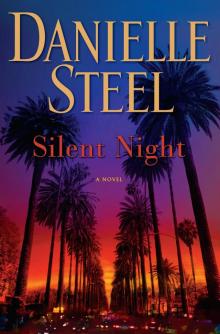 Silent Night
Silent Night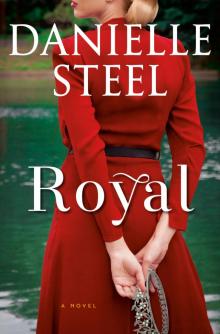 Royal
Royal Beauchamp Hall
Beauchamp Hall Daddy's Girls
Daddy's Girls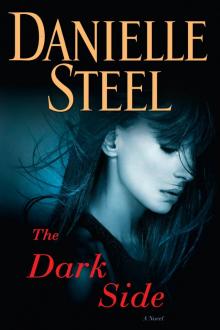 The Dark Side
The Dark Side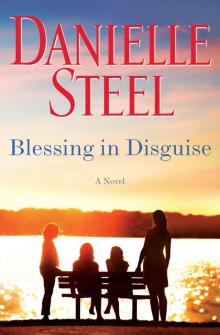 Blessing in Disguise
Blessing in Disguise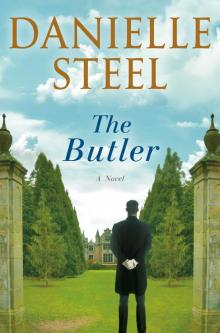 The Butler
The Butler Neighbors
Neighbors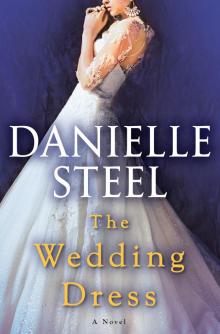 The Wedding Dress
The Wedding Dress The Affair
The Affair Lost and Found
Lost and Found Child's Play
Child's Play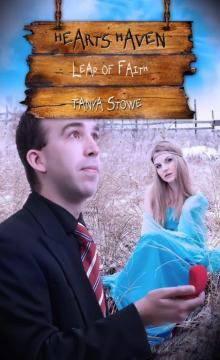 Leap of Faith
Leap of Faith His Bright Light
His Bright Light Mixed Blessings
Mixed Blessings The Numbers Game
The Numbers Game A Gift of Hope: Helping the Homeless
A Gift of Hope: Helping the Homeless Amazing Grace
Amazing Grace Pure Joy
Pure Joy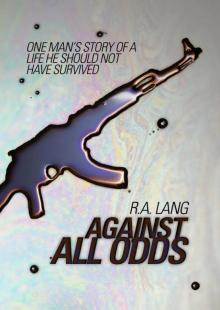 Against All Odds
Against All Odds Sunset in St. Tropez
Sunset in St. Tropez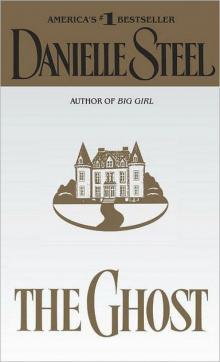 The Ghost
The Ghost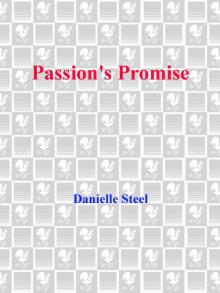 Passion's Promise
Passion's Promise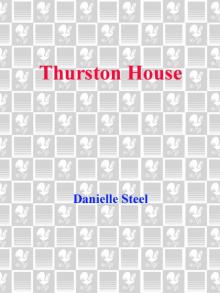 Thurston House
Thurston House Matters of the Heart
Matters of the Heart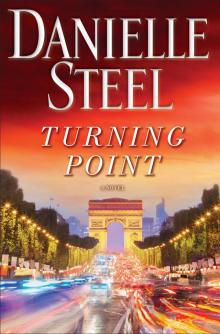 Turning Point
Turning Point Message from Nam
Message from Nam Kaleidoscope
Kaleidoscope The Duchess
The Duchess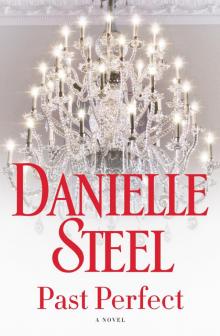 Past Perfect
Past Perfect The Wedding
The Wedding The Cottage
The Cottage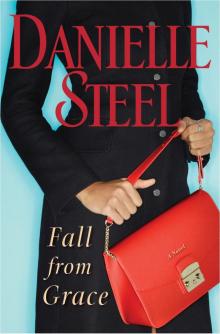 Fall from Grace
Fall from Grace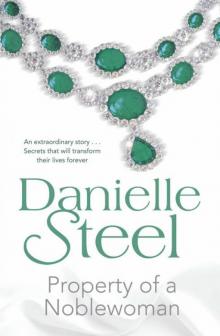 Property of a Noblewoman
Property of a Noblewoman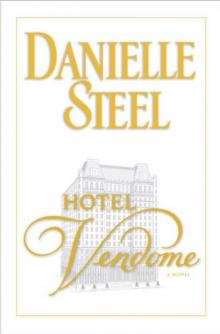 Hotel Vendome (2011)
Hotel Vendome (2011) Toxic Bachelors
Toxic Bachelors Crossings
Crossings Bittersweet
Bittersweet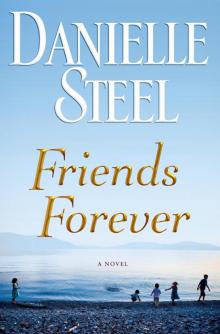 Friends Forever
Friends Forever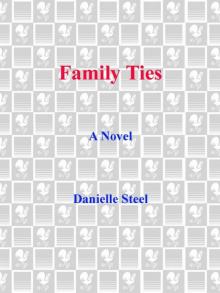 Family Ties
Family Ties Five Days in Paris
Five Days in Paris The Kiss
The Kiss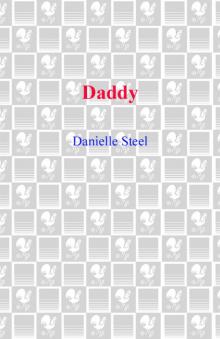 Daddy
Daddy Vanished
Vanished Safe Harbour
Safe Harbour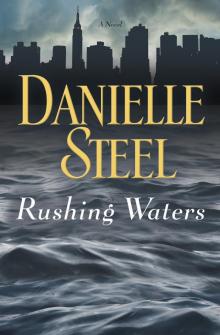 Rushing Waters
Rushing Waters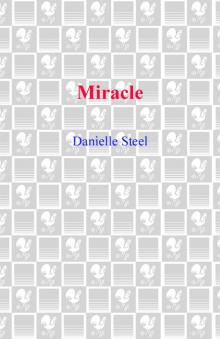 Miracle
Miracle Palomino
Palomino Now and Forever
Now and Forever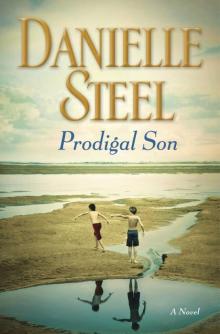 Prodigal Son: A Novel
Prodigal Son: A Novel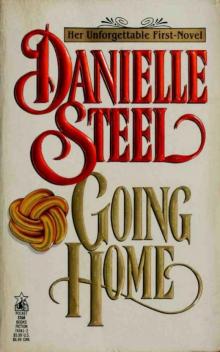 Going Home
Going Home Heartbeat
Heartbeat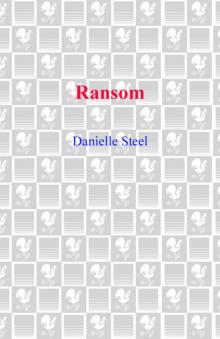 Ransom
Ransom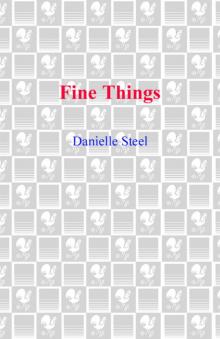 Fine Things
Fine Things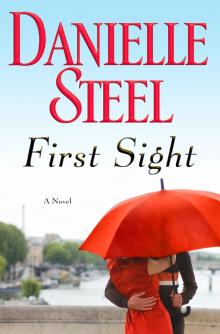 First Sight
First Sight Big Girl: A Novel
Big Girl: A Novel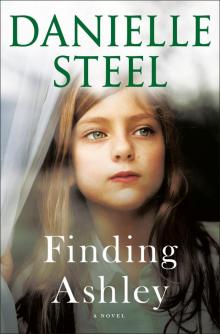 Finding Ashley
Finding Ashley Lone Eagle
Lone Eagle Coming Out
Coming Out Winners
Winners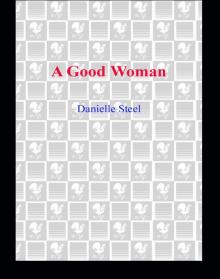 A Good Woman
A Good Woman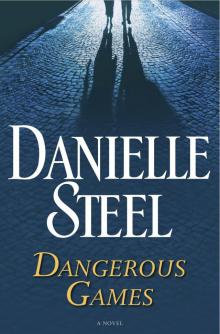 Dangerous Games
Dangerous Games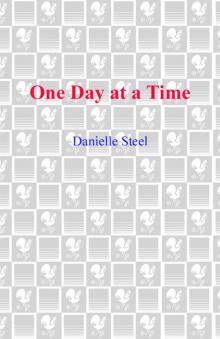 One Day at a Time
One Day at a Time Dating Game
Dating Game Blue
Blue Granny Dan
Granny Dan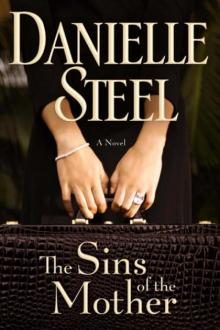 The Sins of the Mother
The Sins of the Mother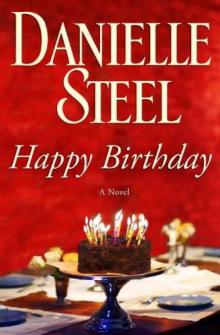 Happy Birthday: A Novel
Happy Birthday: A Novel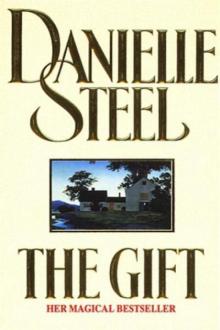 The Gift
The Gift Summer’s End
Summer’s End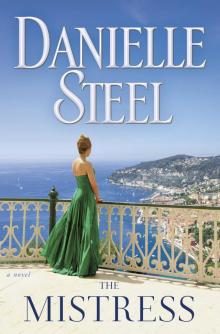 The Mistress
The Mistress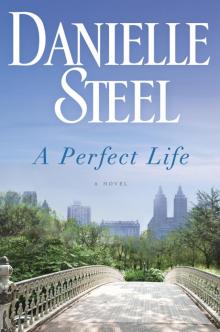 A Perfect Life: A Novel
A Perfect Life: A Novel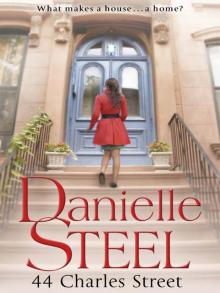 44 Charles Street
44 Charles Street Zoya
Zoya Family Album
Family Album Rogue
Rogue Accidental Heroes
Accidental Heroes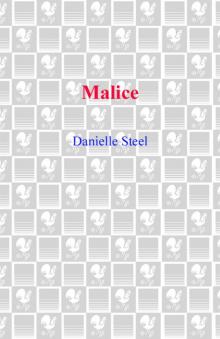 Malice
Malice Echoes
Echoes Until the End of Time: A Novel
Until the End of Time: A Novel Betrayal
Betrayal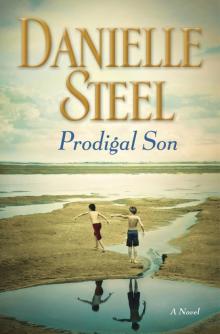 Prodigal Son
Prodigal Son Country
Country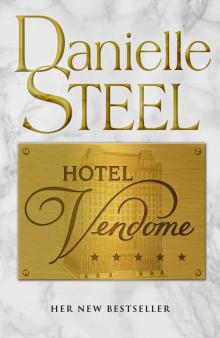 Hotel Vendome
Hotel Vendome Impossible
Impossible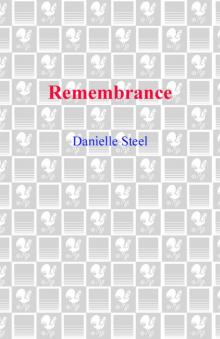 Remembrance
Remembrance H.R.H.
H.R.H.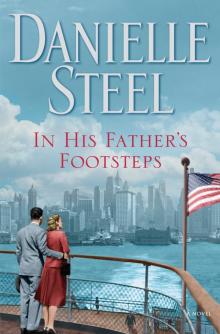 In His Father's Footsteps
In His Father's Footsteps The Right Time
The Right Time Bungalow 2
Bungalow 2 The Cast
The Cast Wings
Wings Southern Lights
Southern Lights Lightning
Lightning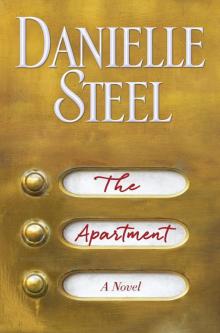 The Apartment
The Apartment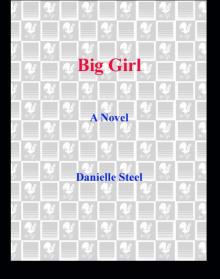 Big Girl
Big Girl The House on Hope Street
The House on Hope Street Second Chance
Second Chance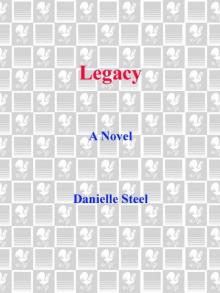 Legacy: A Novel
Legacy: A Novel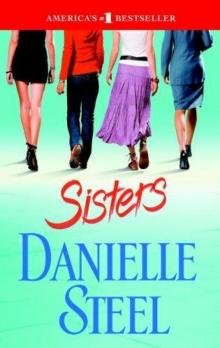 Sisters
Sisters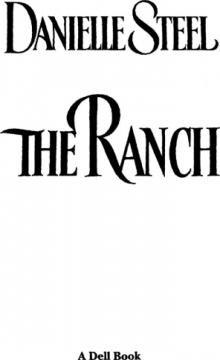 The Ranch
The Ranch Silent Honor
Silent Honor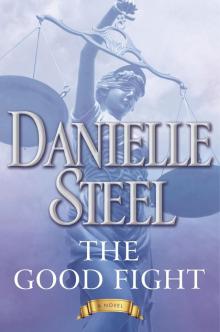 The Good Fight
The Good Fight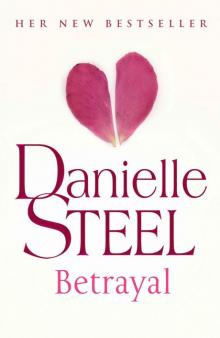 Betrayal (2012)
Betrayal (2012) Pegasus: A Novel
Pegasus: A Novel